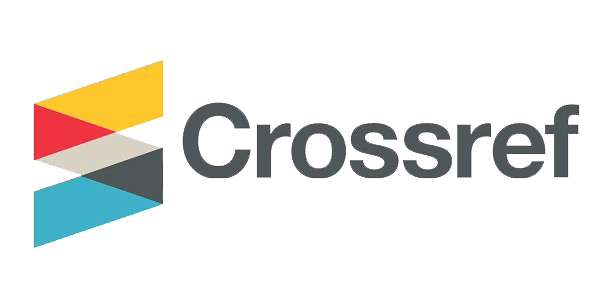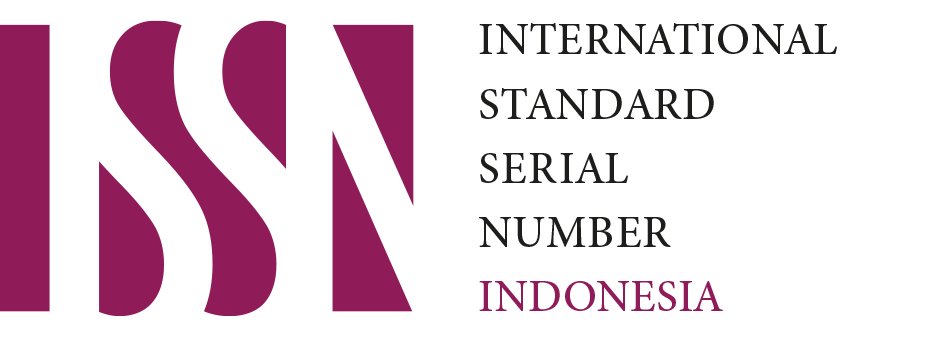REPRESENTASI NILAI BAIK DAN BURUK YANG DIREPRESENTASIKAN OLEH BINATANG DALAM PERIBAHASA BAHASA JEPANG
-
DOI:
https://doi.org/10.33197/widai.vol2.iss2.2022.1564Keywords:
kotowaza; animal; valuesAbstract
This study examines the Representation of Good and Bad Values Represented by Animals in Japanese Proverbs. The purpose of this study was to identify the types of animals used in Japanese proverbs based on their frequency and identify the values represented by good, bad, and neutral in these proverbs. The method used in this study is qualitative descriptive method. The results showed that there were 51 types of animals used, with the frequency of animal types that are often used are dogs, birds, horses, snakes, cats, foxes, fish, frogs, tigers and cows. Good value representations are generally represented by proverbs that use domestic animals such as fish, birds and cows and wild animals such as foxes and storks. Then the representation of bad values is widely depicted by wild or wild animals such as tigers, dragons, dogs, monkeys, snakes, and crows. While the neutral value representation is depicted by the types of frogs, horses, and cats.
Downloads
References
Aprillina, Brenda. 2013. Analisa Semantik Kucing Pada Empat Kotowaza. Jurnal (Online). Jakarta: BINUS University. Tersedia pada https://core.ac.uk/display/18545248 (diakses Maret 2023)
Arfianty, Rani. 2023. Komparatif Kotowaza Bahasa Jepang dan Bahasa Indonesia Berunsur Nama Hewan: Kajian Semantik E-journal Kiroku Tersedia pada https://ejournal.undip.ac.id/index.php/kiryoku/article/view/51678 (diakses pada Mei 2023)
Kunihiro, Isao. 2000. Manga
Kotowaza Kanyoku Jiten. Jepang: Seibido Shuppan.
Nurhadi, Didik. 2010. Kontribusi Pemahaman Budaya dalam Penafsiran Majas Metafora Bahasa Jepang. Tersedia pada https://unesaprodijepang.files.wordpress.com/2010/06/files_inovasi_vol-16_xxii_mar_2010didik.pdf (diakses Maret 2023)
Saga, Akirao. 1989. Kotowaza Tokuhon. Jepang
Saputra, Aa. 2016. Analisis Makna Kotowaza (Peribahasa) Bahasa Jepang Dalam Anime Junjou Romantica I dan II E-Journal JAPANEDU Tersedia pada https://www.academia.edu/49966778/Analisis_Makna_Kotowaza_Peribahasa_Bahasa_Jepan g_Dalam_Anime_Junjou_Romantica_1_Dan_2 (diakses April 2023)
Tanuguchi, Goro. 2008. Kamus Standar Bahasa JepangIndonesia. Cet. ke-12. Jakarta: Dian Rakyat
Trahutami, Sri Wahyu Istana. 2015. Nilai Sosial Budaya Jepang dalam Peribahasa Jepang yang Menggunakan Konsep Binatang. Undip. Jurnal Izumi, Vol 5, No 1 Tersedia pada https://ejournal.undip.ac.id/index.php/izumi/article/view/9087/0 (diakses April 2023)
https://www.komazawau.ac.jp/~hagi/ko_kotowaza.html (diakses pada 16 November 2022)
https://proverbencyclopedia.com/keikoutonarumo/ (diakases pada 21 Agustus 2023












